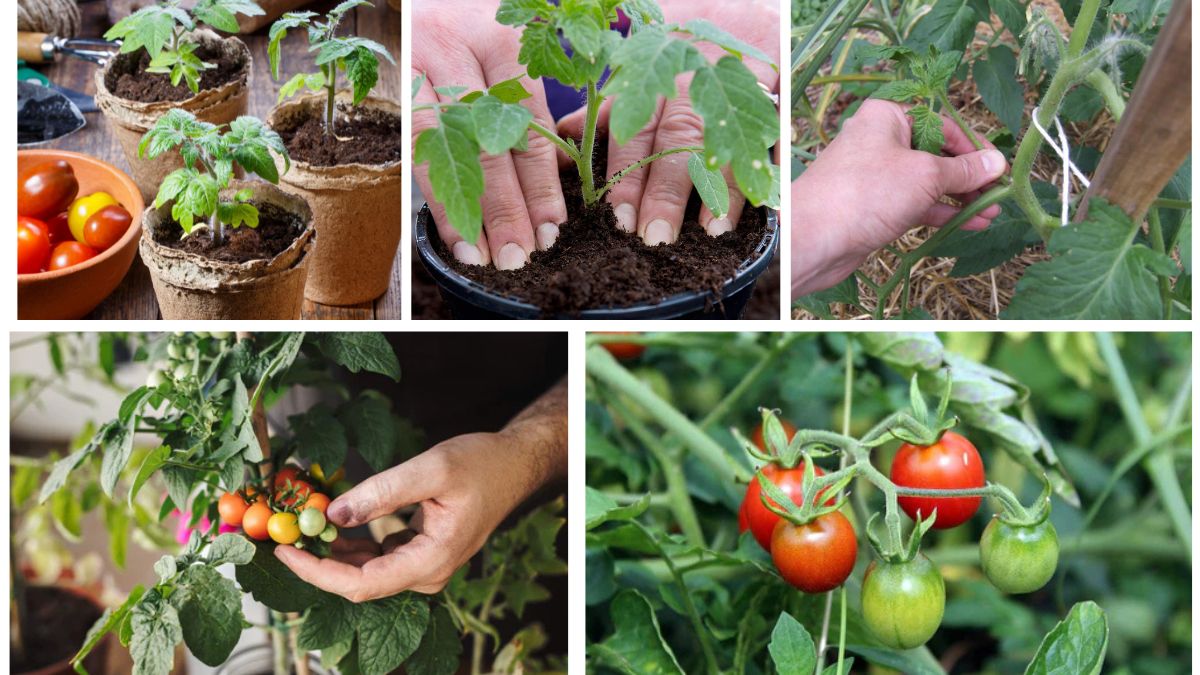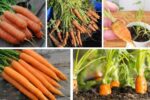Tomatoes are one of the most beloved crops in home gardens worldwide. Known for their rich flavor and versatility, they can be used fresh in salads, turned into sauces, or preserved for later use. However, getting a heavy harvest of juicy, ripe tomatoes requires more than simply planting and watering them. Proper care throughout the growing season ensures healthier plants, stronger fruits, and bigger yields.
In this guide, we’ll cover everything you need to know about tomato plant care tips for heavy harvests — from choosing the right varieties to feeding, pruning, and protecting them.
1. Choosing the Right Tomato Variety
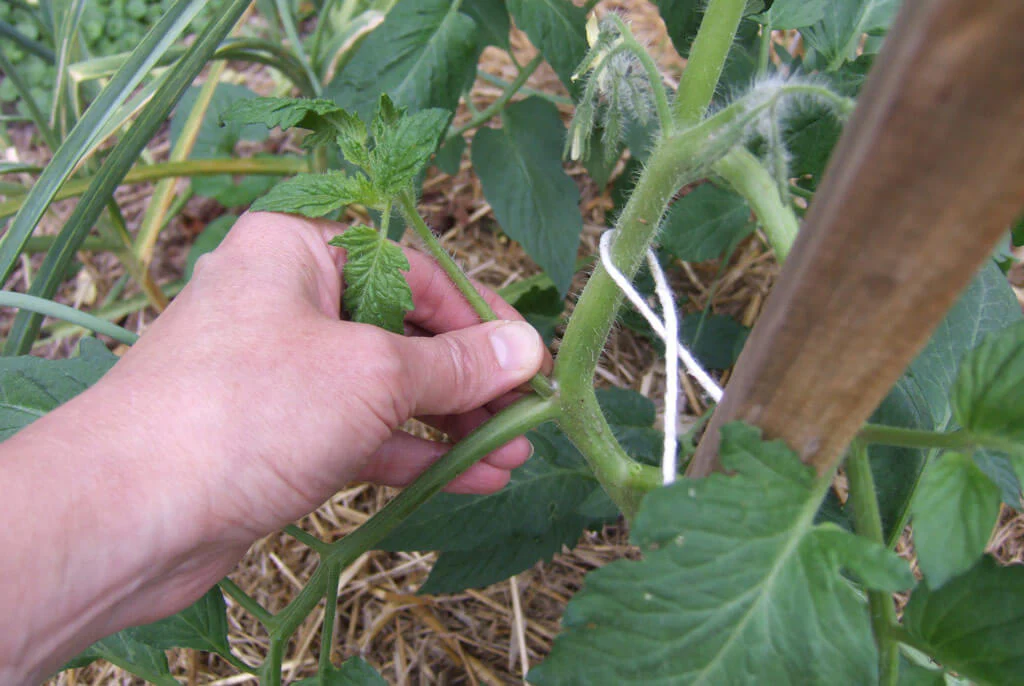
Not all tomatoes are created equal when it comes to yield. Choosing the right type sets the stage for abundant harvests.
- Determinate vs. Indeterminate
- Determinate varieties grow to a fixed size and produce fruit in one concentrated flush. They are great for container growing but usually yield less over time.
- Indeterminate varieties grow like vines and keep producing throughout the season. If your goal is continuous harvest, go for these.
- High-Yield Varieties
Popular choices for heavy harvests include Better Boy, Early Girl, Big Beef, and Sungold. For small-space gardening, cherry tomatoes often produce prolifically.
Tip: Select disease-resistant varieties (look for labels like VFN: resistant to Verticillium, Fusarium, and Nematodes). Stronger plants mean better harvests.
2. Preparing the Soil for Success
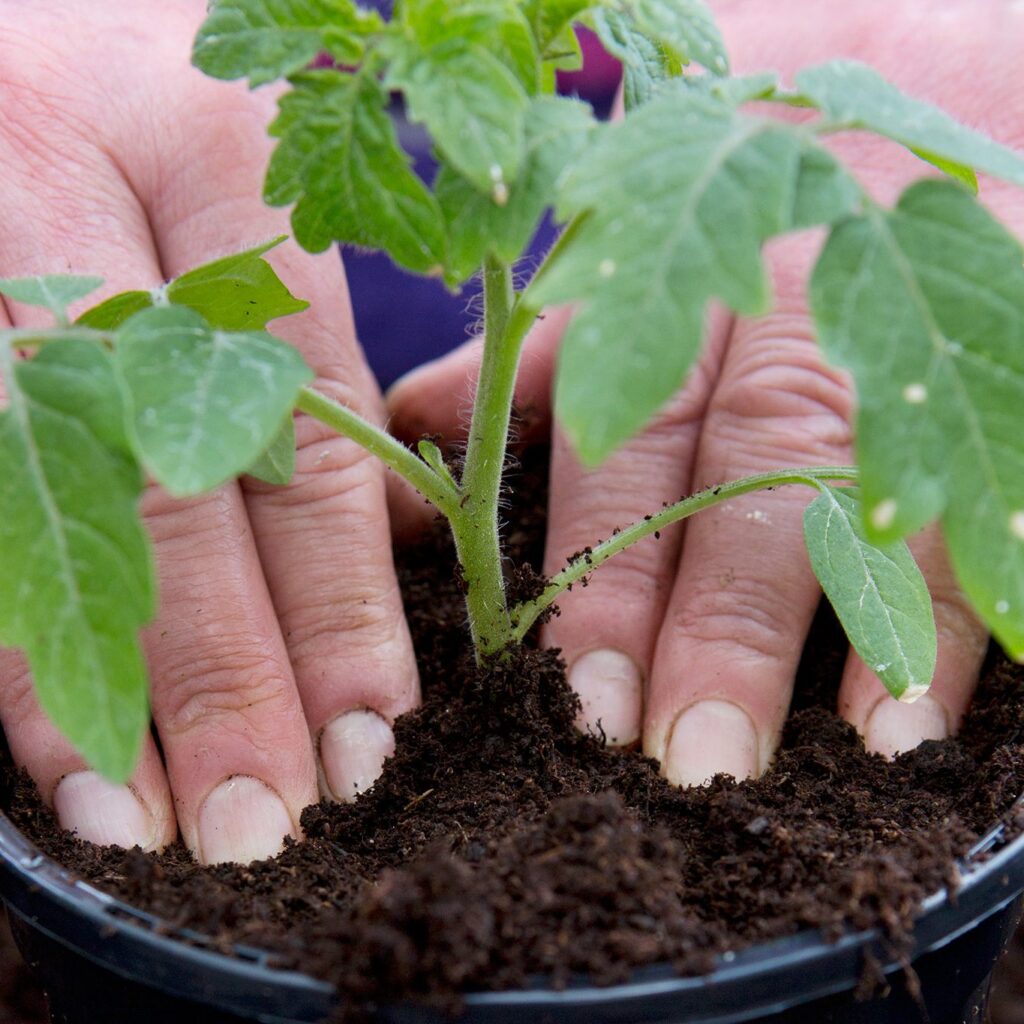
Tomatoes thrive in nutrient-rich, well-draining soil. Before planting, spend time preparing your garden bed or container mix.
- Soil Quality
- Ideal pH: 6.0–6.8
- Mix in organic compost or well-rotted manure to boost fertility.
- Avoid waterlogged soil, as tomatoes dislike “wet feet.”
- Raised Beds and Containers
- Raised beds improve drainage and soil warmth.
- For containers, use at least a 5-gallon pot with high-quality potting mix enriched with compost.
Tip: Add crushed eggshells or bone meal to provide calcium and prevent blossom end rot.
3. Planting Tomatoes Correctly
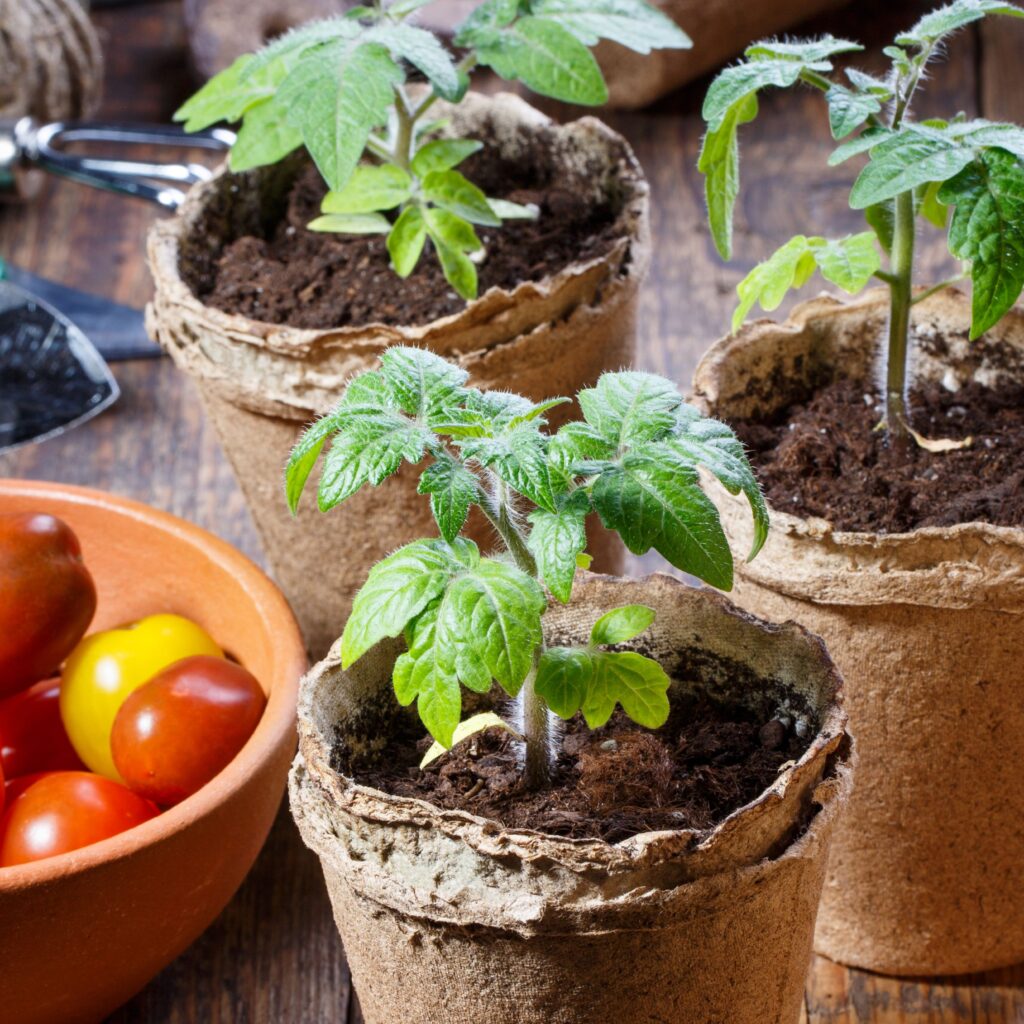
How you plant tomatoes directly affects their root development and yield.
- Deep Planting Method
Tomatoes grow roots along their stems. Plant them deeply, burying two-thirds of the stem. This helps develop a strong root system to support more fruits. - Spacing
Give each plant room to breathe:- Determinate: 18–24 inches apart
- Indeterminate: 24–36 inches apart
Proper spacing reduces competition and improves air circulation, preventing disease.
Tip: Plant tomatoes in full sun (at least 6–8 hours daily) for maximum productivity.
4. Watering for Heavy Harvests
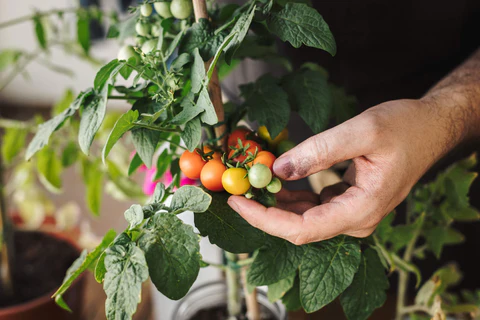
Tomatoes need consistent watering to produce juicy, plump fruits. Uneven watering often leads to cracked skins and blossom end rot.
- Best Practices
- Water deeply, about 1–2 inches per week.
- Morning watering is best, as it allows leaves to dry and prevents fungal issues.
- Focus water at the base of the plant — avoid wetting leaves.
- Mulching
Add a 2–3 inch layer of organic mulch (straw, shredded leaves, or wood chips) to:- Retain moisture
- Keep soil temperature steady
- Suppress weeds
Tip: Use a drip irrigation system or soaker hose for efficient watering.
5. Feeding and Fertilizing for Maximum Yield
Tomatoes are heavy feeders and require proper nutrition to produce large harvests.
- Fertilizer Strategy
- Before planting: Mix compost or a balanced fertilizer (10-10-10).
- At flowering stage: Switch to a fertilizer higher in phosphorus and potassium (like 5-10-10).
- During fruiting: Feed with liquid fertilizers every 2–3 weeks.
- Natural Fertilizers
- Fish emulsion, compost tea, or seaweed extract provide steady nutrients.
- Banana peels supply potassium, while coffee grounds provide nitrogen.
Tip: Avoid too much nitrogen after planting — it encourages leafy growth at the expense of fruits.
6. Staking, Caging, and Supporting Plants
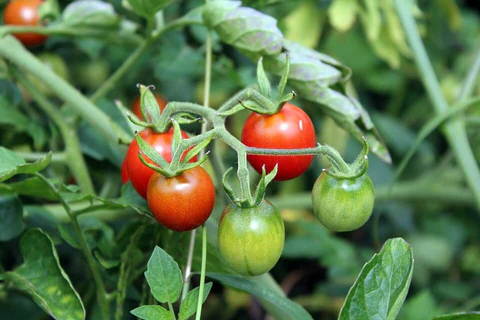
Tomatoes are heavy fruit bearers, and without support, plants may sprawl, leading to pests and rot.
- Support Options
- Stakes: Drive wooden or metal stakes and tie plants loosely with soft ties.
- Cages: Tomato cages hold plants upright and are great for bushy types.
- Trellises: Ideal for indeterminate varieties that keep growing tall.
Tip: Train plants early, before they get too big, to avoid breaking stems.
7. Pruning and Pinching for Bigger Harvests
Pruning is often overlooked but is essential for getting heavy yields.
- Why Prune?
- Encourages energy toward fruit production instead of excess foliage.
- Improves air circulation and reduces disease risk.
- How to Prune
- Pinch off suckers (the shoots that grow between the stem and branches).
- Remove yellowing or diseased leaves.
- Limit the plant to 2–3 main stems for better management.
Tip: Don’t over-prune, as leaves are necessary for photosynthesis. Balance is key.
8. Managing Pests and Diseases
Tomatoes are vulnerable to pests and fungal issues. Prevention and early action ensure heavier harvests.
- Common Pests
- Aphids, whiteflies, hornworms, and cutworms.
- Control using neem oil, insecticidal soap, or companion planting (basil, marigolds, and garlic repel pests).
- Diseases
- Blight, wilt, and powdery mildew can affect tomatoes.
- Rotate crops each year and avoid planting tomatoes in the same soil consecutively.
Tip: Inspect plants regularly. Early detection makes pest and disease management much easier.
9. Harvesting Tomatoes the Right Way
Knowing when and how to harvest tomatoes is essential for maintaining plant productivity.
- When to Harvest
- Tomatoes are ready when fully colored (red, yellow, or purple depending on variety).
- Slightly firm but fragrant to touch.
- How to Harvest
- Twist gently or use pruning shears to cut the fruit.
- Harvest frequently to encourage continuous fruiting.
Tip: If frost threatens, pick mature green tomatoes and let them ripen indoors.
10. Extra Tips for Heavy Tomato Harvests
- Rotate your crops yearly to keep soil healthy.
- Practice companion planting: Basil, marigolds, and nasturtiums boost growth and repel pests.
- Keep a gardening journal to track what works best each season.
Conclusion
Growing tomatoes for a heavy harvest is a rewarding experience that combines careful planning, consistent care, and the right techniques. By choosing productive varieties, enriching your soil, watering consistently, feeding wisely, pruning effectively, and protecting against pests, you can enjoy baskets full of juicy, homegrown tomatoes all season long.
Whether you’re a beginner or an experienced gardener, following these tomato plant care tips will ensure you reap the rewards of a thriving, productive garden. With the right attention, your tomato plants can provide not just food, but also joy and satisfaction from growing one of nature’s most popular crops.
